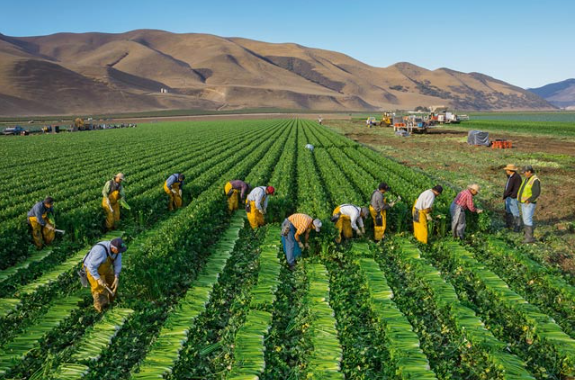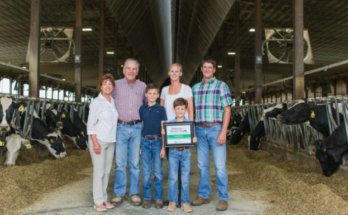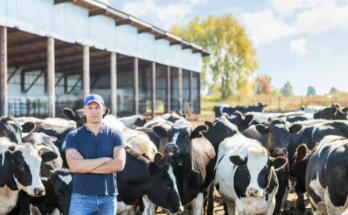Every year, an impressive harvest takes place, resulting in the collection of millions of pounds of fruit and vegetables. This colossal effort not only feeds the nation but also contributes significantly to the global food supply. The process of harvesting and gathering these bountiful yields is a testament to the hard work, ingenuity, and dedication of farmers, farmworkers, and the entire agricultural industry.

American farmers harvest billions of pounds of fruits and vegetables each year, contributing significantly to the nation’s food supply. To ensure that they can meet the growing demand for fresh produce, many farmers rely on various methods, including advanced farming technology, sustainable practices, and support from government programs. This comprehensive approach allows them to grow and harvest large quantities of food in a highly efficient and environmentally responsible way.
In recent years, one of the key factors helping farmers maximize their productivity has been the release of government budget funds. These funds, often provided through agricultural subsidies and grants, are designed to support farmers in overcoming challenges such as fluctuating market prices, weather conditions, and the costs of adopting new technologies. The release of these funds is typically planned on an annual basis, with the budget cycle beginning each year and extending into the next growing season. For farmers, this financial support provides a cushion to cover various operational costs, from purchasing seeds and equipment to maintaining irrigation systems and paying labor costs.
The success of this funding model is evident in the continued growth of U.S. agriculture. By investing in key sectors, such as fruit and vegetable production, the government plays a critical role in ensuring that farmers can continue to provide high-quality food for consumers. In particular, farmers have been able to expand their operations and improve their harvests thanks to these budget releases. Furthermore, the development of agricultural technologies like precision farming tools, which utilize GPS and data analytics to optimize planting and harvesting, has allowed farmers to increase efficiency and reduce waste. This has led to an overall increase in the total amount of fruit and vegetables harvested, helping to meet the demands of both domestic and international markets.
Farmers also benefit from the availability of agricultural support programs, which offer resources and advice to help improve their production methods. These programs may include technical assistance, training, and access to new tools and techniques, which can have a direct impact on the quantity and quality of the crops harvested. As such, the collaboration between farmers and government agencies ensures that the agricultural sector remains competitive and resilient in the face of both economic and environmental challenges.
One important aspect of supporting American farmers is ensuring that they have access to a wide range of farming-related websites and online platforms that provide valuable information. These platforms offer real-time data on crop conditions, market trends, weather forecasts, and other resources that farmers can use to make informed decisions. By incorporating this information into their daily operations, farmers can optimize their harvests and better anticipate potential challenges.
In conclusion, American farmers harvest billions of pounds of fruits and vegetables thanks to a combination of government support, technological advancements, and access to farming resources. This integrated approach ensures that the agricultural sector remains a key contributor to the U.S. economy and food supply chain.



